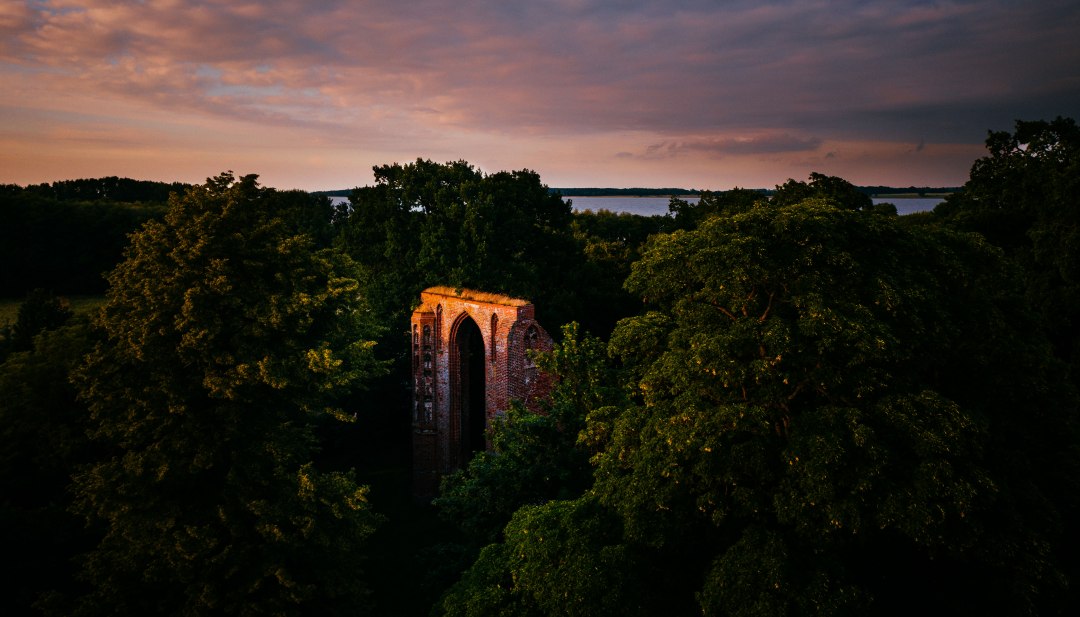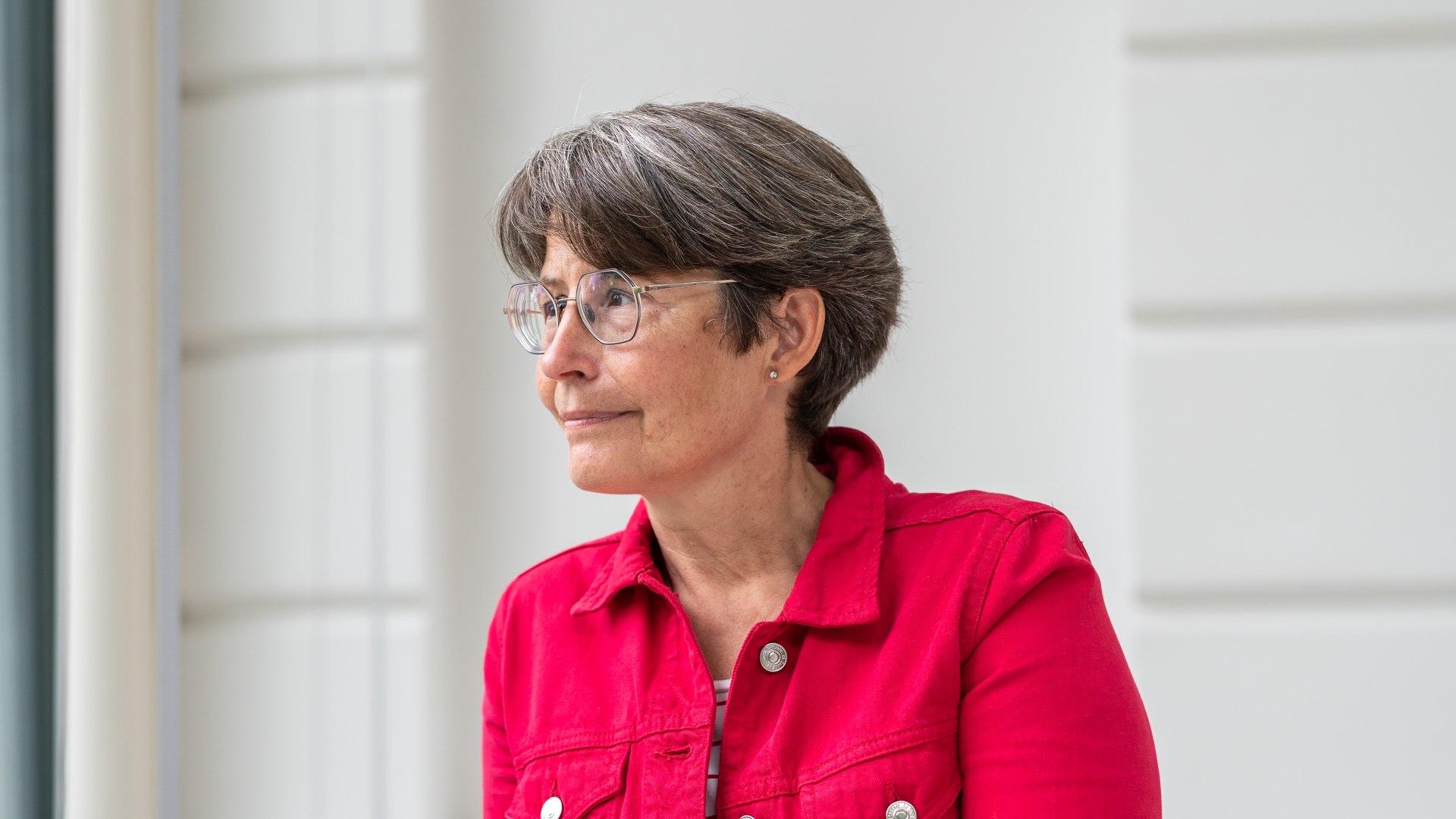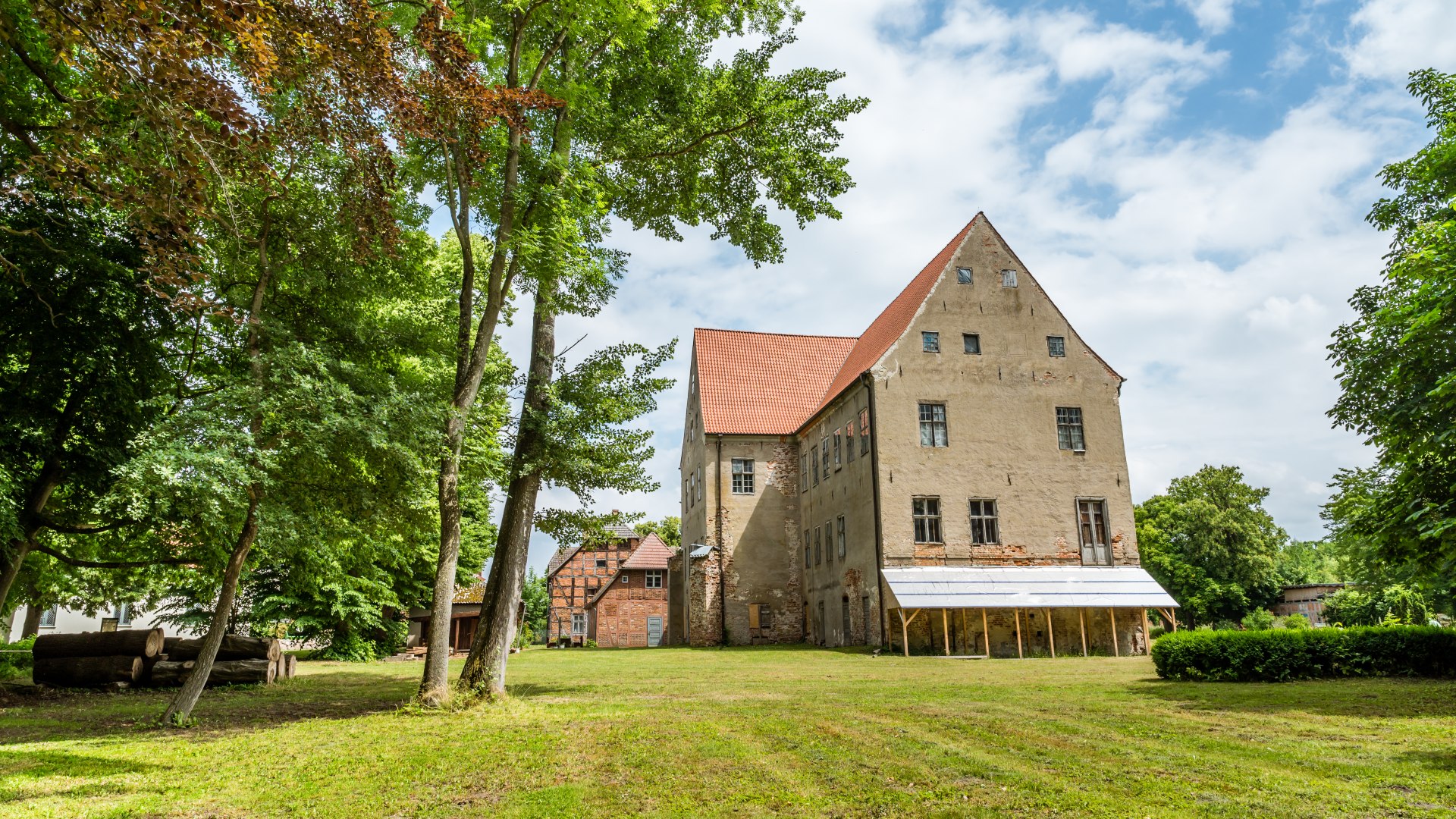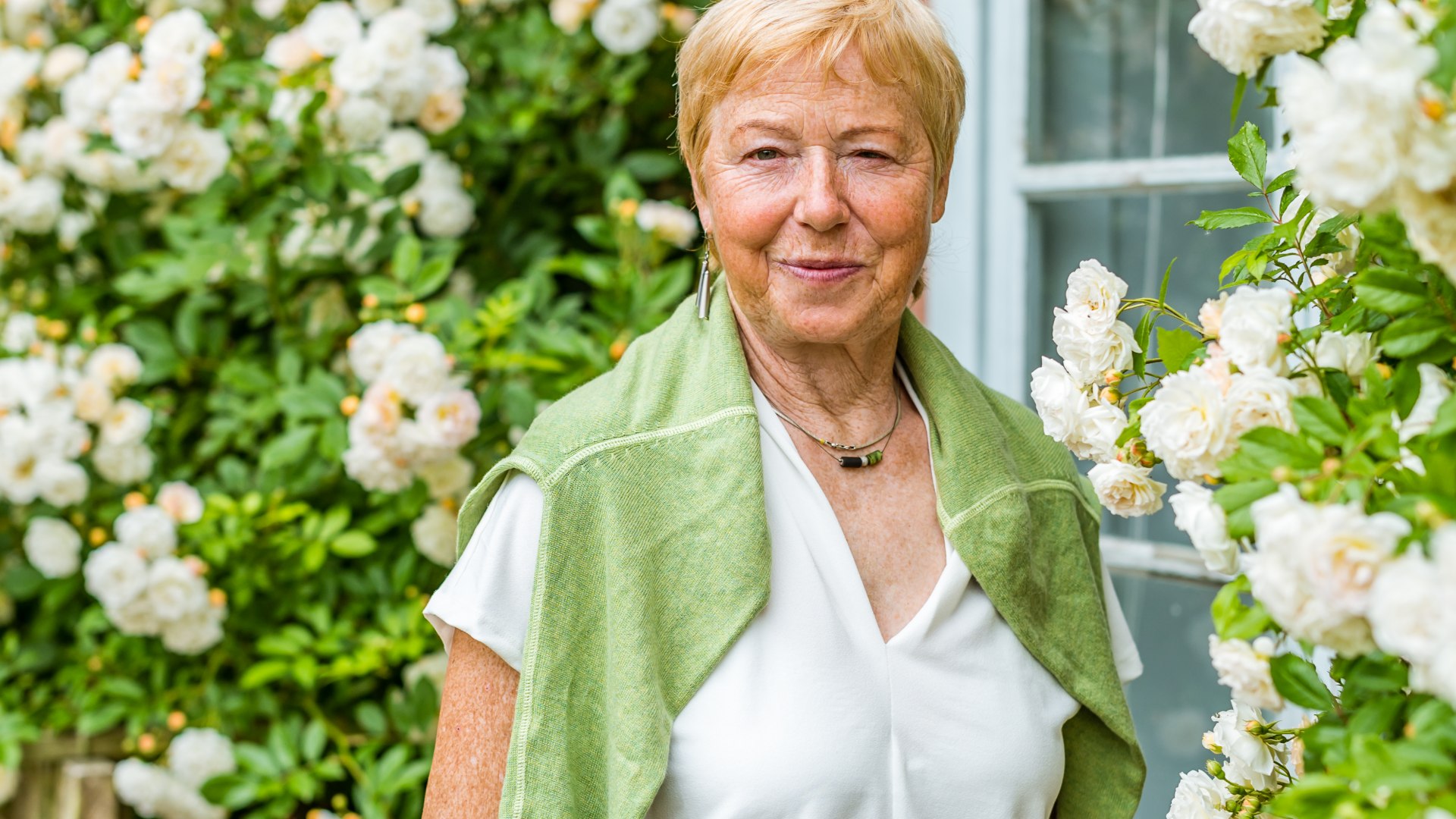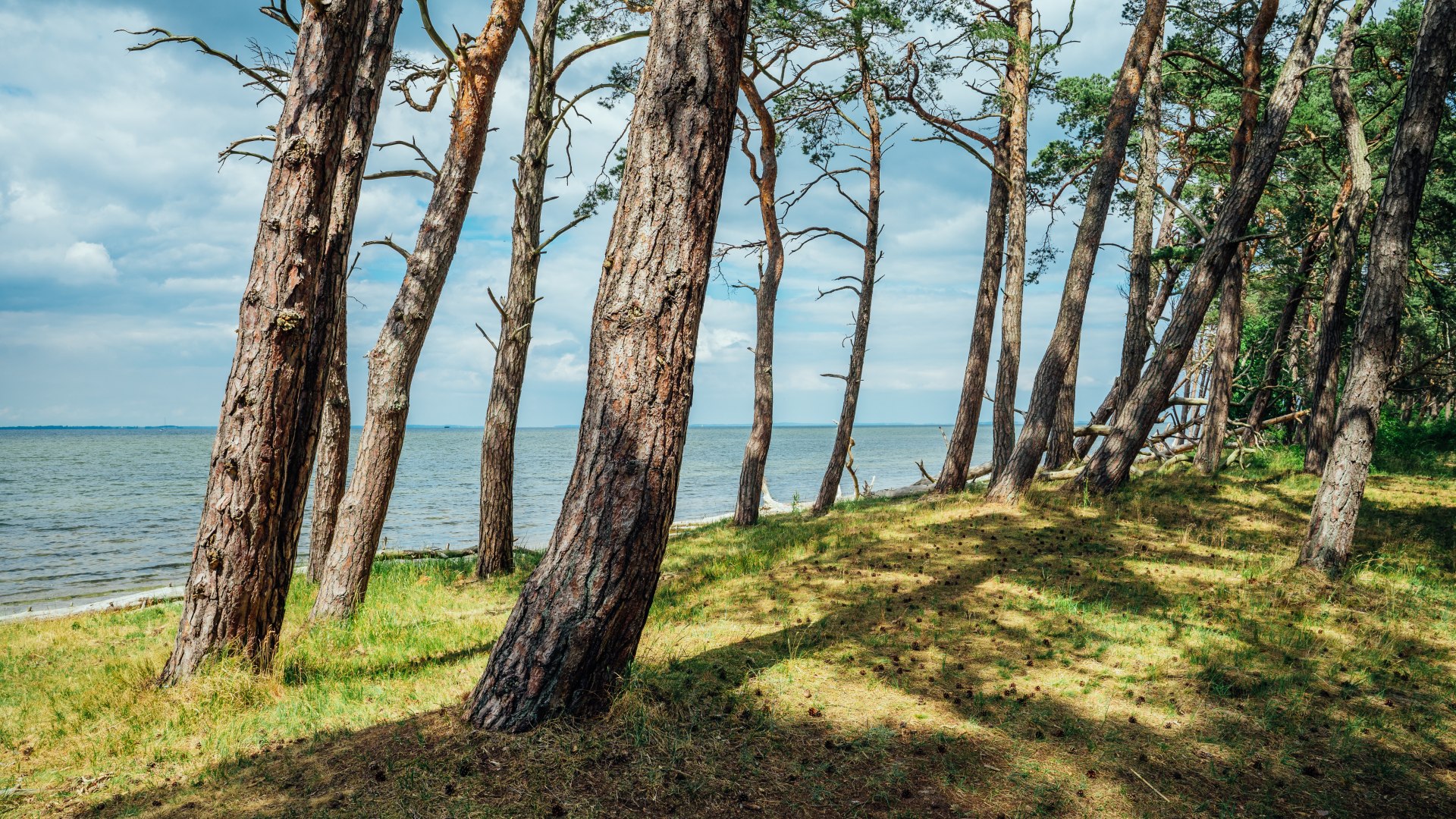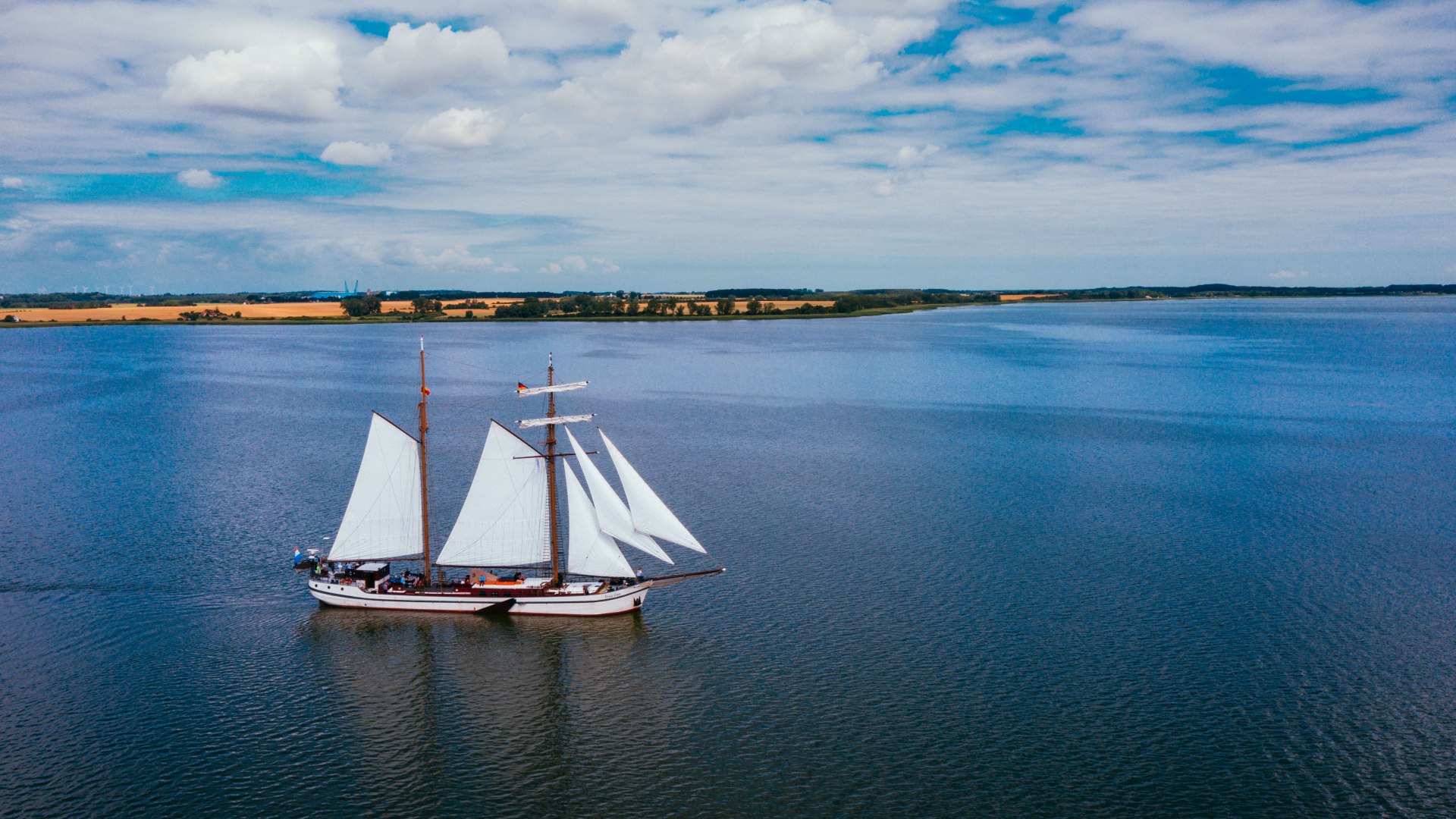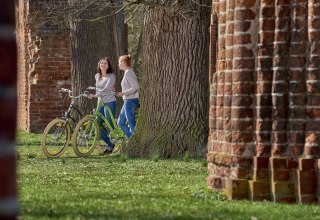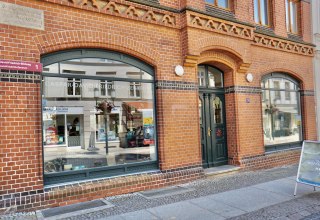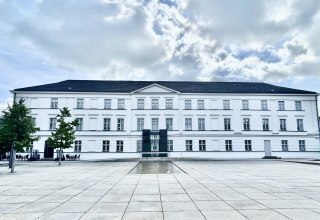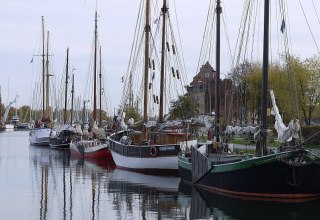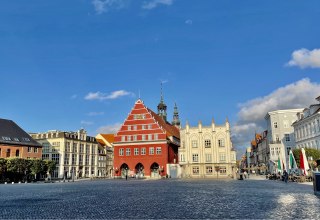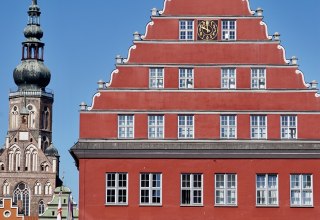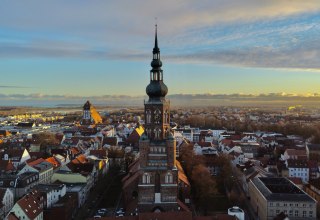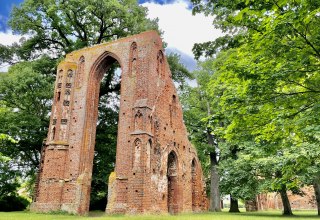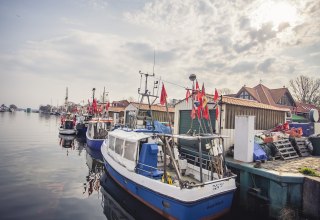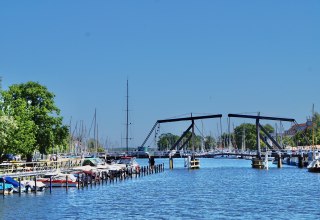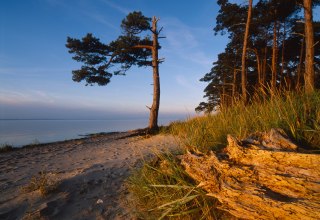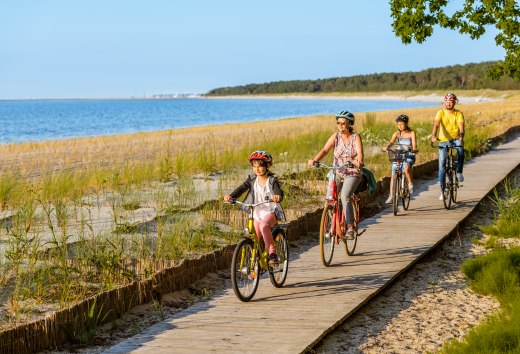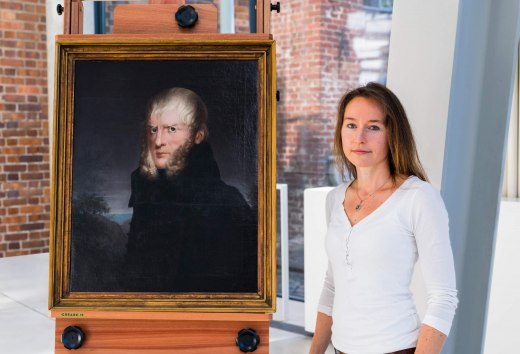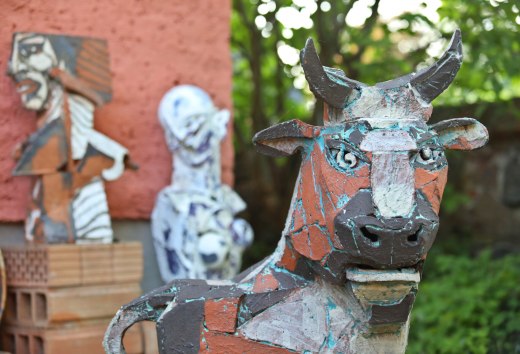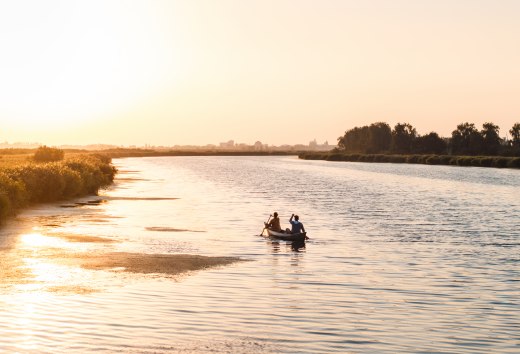When the sun goes down on the coast of Western Pomerania, it's easy to escape the speeding reality, take a deep breath and enjoy. Incidentally, this is not just a longing of the 21st century. It was already driving artists 200 years ago. They were looking for a way away from dreary theory, wanted to get back to nature, to themselves, to genuine humanity.
Whoever travels through the landscapes of Western Pomerania today, for example on the „Route of North German Romanticism“, it seems almost inevitable that this backdrop produced two of the greatest representatives of early Romanticism – and with Romanticism a whole new art form.
„Caspar David Friedrich and Philipp Otto Runge were two young men from Swedish Pomerania who revolutionized art,
says Dr Birte Frenssen, art historian and curator at the Pomeranian State Museum in Greifswald. And although the two painters had similar backgrounds, namely coming from families of craftsmen, studied at the Royal Danish Academy of Fine Arts in Copenhagen and each lived in Dresden for some time, and although they are both considered founders of Romanticism, they each found their own unique path.

